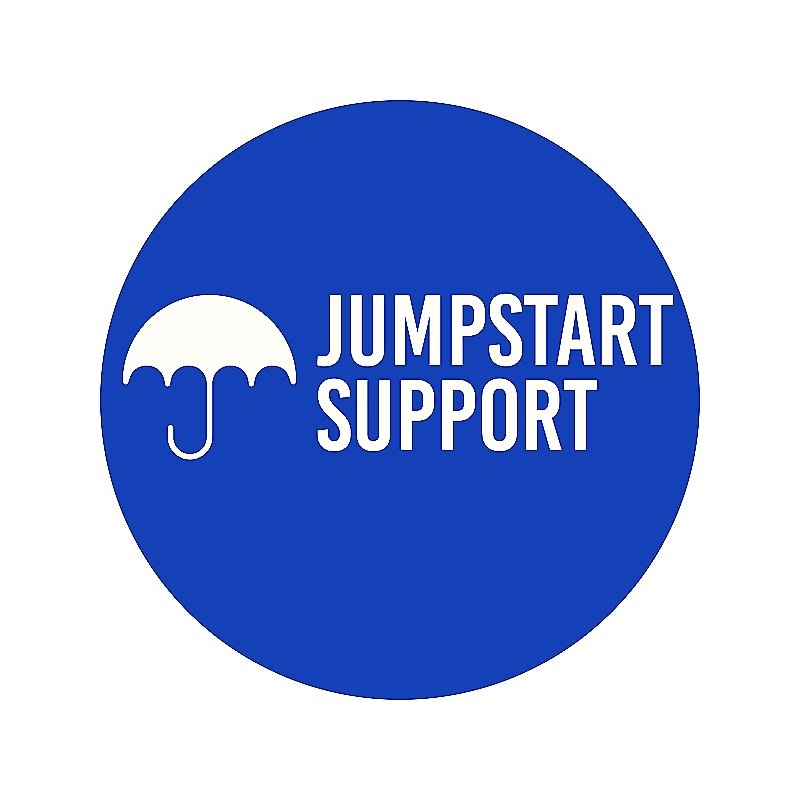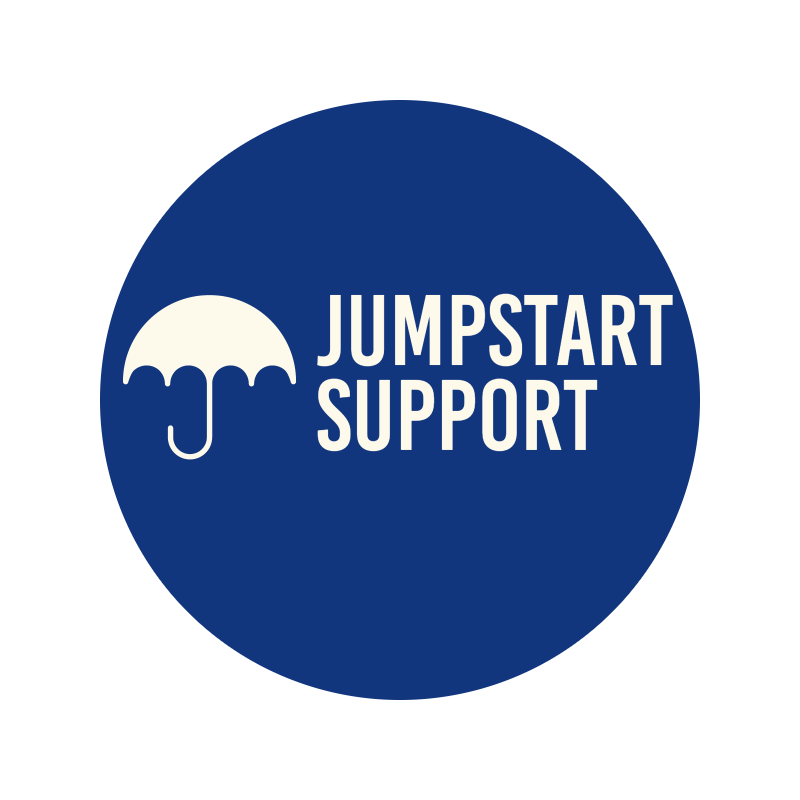From Awareness to Action: Implementing Neurodiversity Training in Recruitment Agencies
In today's workplace, the push for diversity and inclusion has evolved from an aspirational ideal to a pressing business imperative. An often overlooked aspect of this movement is the inclusion of neurodiverse individuals – those with unique neurological differences that can bring untold benefits to organisations willing to think and act outside the neurotypical box.
Recruitment agencies, being the linchpin between job-seekers and employers, stand at the forefront of this change. Yet, the path from mere awareness of neurodiversity to tangible action is riddled with questions and challenges. How can these agencies, critical in shaping the workforce, be catalysts for neurodiversity-informed recruiting?
In addressing this question, we'll take a deep dive into the world of neurodiversity, explore the roadblocks in traditional recruitment practices, and most importantly, lay out actionable steps for integrating neurodiversity training into the core of agency operations.
Understanding Neurodiversity
To effectively champion neurodiversity, one must first understand its essence. Neurodiversity is the idea that neurological differences, ranging from autism and ADHD to dyslexia and other learning and mood disorders, are natural variations in the human genome. Recognizing and respecting these differences is not philanthropy; it is the very foundation of an innovative, problem-solving workforce.
There is a significant business case for neurodiversity, with studies continually demonstrating enhanced creativity, advanced pattern recognition, and fresh perspectives present in neurodiverse teams. For the modern organisation facing complex challenges, these qualities are not just advantageous; they are essential.
Challenges in Recruitment Practices
The path to neurodiverse recruitment is riddled with pitfalls. Common biases, often unconscious, and outdated recruitment practices can inadvertently exclude neurodiverse candidates. In this section, we shine a light on these challenges, exposing the cracks in the system that prevent truly inclusive hiring.
Real-world examples illustrate how seemingly innocuous requirements and practices, such as unstructured interviews or rigid job descriptions, can disproportionately screen out neurodiverse talent. Bridging this gap requires a fundamental reevaluation of recruitment norms and a conscious effort to remove barriers.
The Role of Recruitment Agencies
Recruitment agencies, with their expertise in selecting and placing talent, play a pivotal role in shaping workplace diversity. They are uniquely positioned to advocate for neurodiversity and orchestrate a more inclusive hiring process. But what does this role look like in practice?
Effective agencies go beyond basic job placement; they become trusted advisors to both clients and candidates. Tailored support, advice on workplace accommodations, and the destigmatization of neurodiverse conditions are just a few ways that agencies can make a meaningful impact in this domain.
Implementing Neurodiversity Training
Training is the linchpin of transformation. For recruitment agencies to succeed in the sphere of neurodiversity, comprehensive and ongoing training is paramount. We explore the key components of an effective neurodiversity training program and how it can lead to tangible changes in recruitment strategies.
Through case studies, we demonstrate how agencies have taken the initiative to build a diverse, informed team of recruitment experts who are not only sensitive to neurodiverse needs but are also skilled in identifying and nurturing neurodiverse talent.
Overcoming Barriers to Change
Institutional inertia and resistance to change are formidable opponents. This section addresses the concerns and challenges that recruitment agencies might face in steering the ship toward neurodiversity. By understanding these barriers, agencies can begin to devise strategies to overcome them and create a more inclusive future.
Best Practices for Inclusive Recruitment
How does one practically incorporate neurodiversity into recruitment practices?
Here, we provide a blueprint for integrating inclusive practices into the recruitment process, from job postings to onboarding. Technology plays a crucial role, offering solutions to make processes more accessible and friendly to neurodiverse applicants.
Measuring Success and Next Steps
An inclusive recruitment strategy is only effective if it leads to positive change. We detail the metrics by which agencies can gauge the efficacy of their neurodiversity initiatives. Looking to the future, we also explore the potential of AI and machine learning in revolutionising the assessment and inclusion of neurodiverse talent.
Conclusion
The call for action on neurodiversity in recruitment agencies is clear. By weaving a commitment to true neurodiverse inclusion into the fabric of agency culture, and through sustained training and innovative practices, the recruitment industry can steer the corporate world toward a brighter, more diverse future.
The road is long, and the effort required is substantial, but the potential for a more innovative, creative, and harmonious workplace is a future worth striving for. The time for lip service has passed; now is the time for action.

